My primary motivation for this project is to see if it may be feasible to use MMG to add extra functionality to the limb tracking project: IMU Limb Tracking Project
Initially I want to determine if MMG signals can be easily and reliably obtained using simple apparatus.
If so I want to see how reproducible the signals are across recording sessions, how robust they are against minor probe placement changes and how well noise (including unwanted mechanical noise from motion) can be discriminated against and how easily the signals can be correlated with activity and movement.
From this I want to see if they can potentially be used to detect muscle spasticity or dystonic movements etc
The project at the moment involves:
1. attaching a simple acoustic transducer to the surface of the skin.
2. Amplifying and filtering the signal - MMG signals typically are < 200Hz
3. Capturing the signal for various types of muscle activity
4. Analysis of the captured signals to investigate how the signals correlate to muscle activity
 Jonathan Kelly
Jonathan Kelly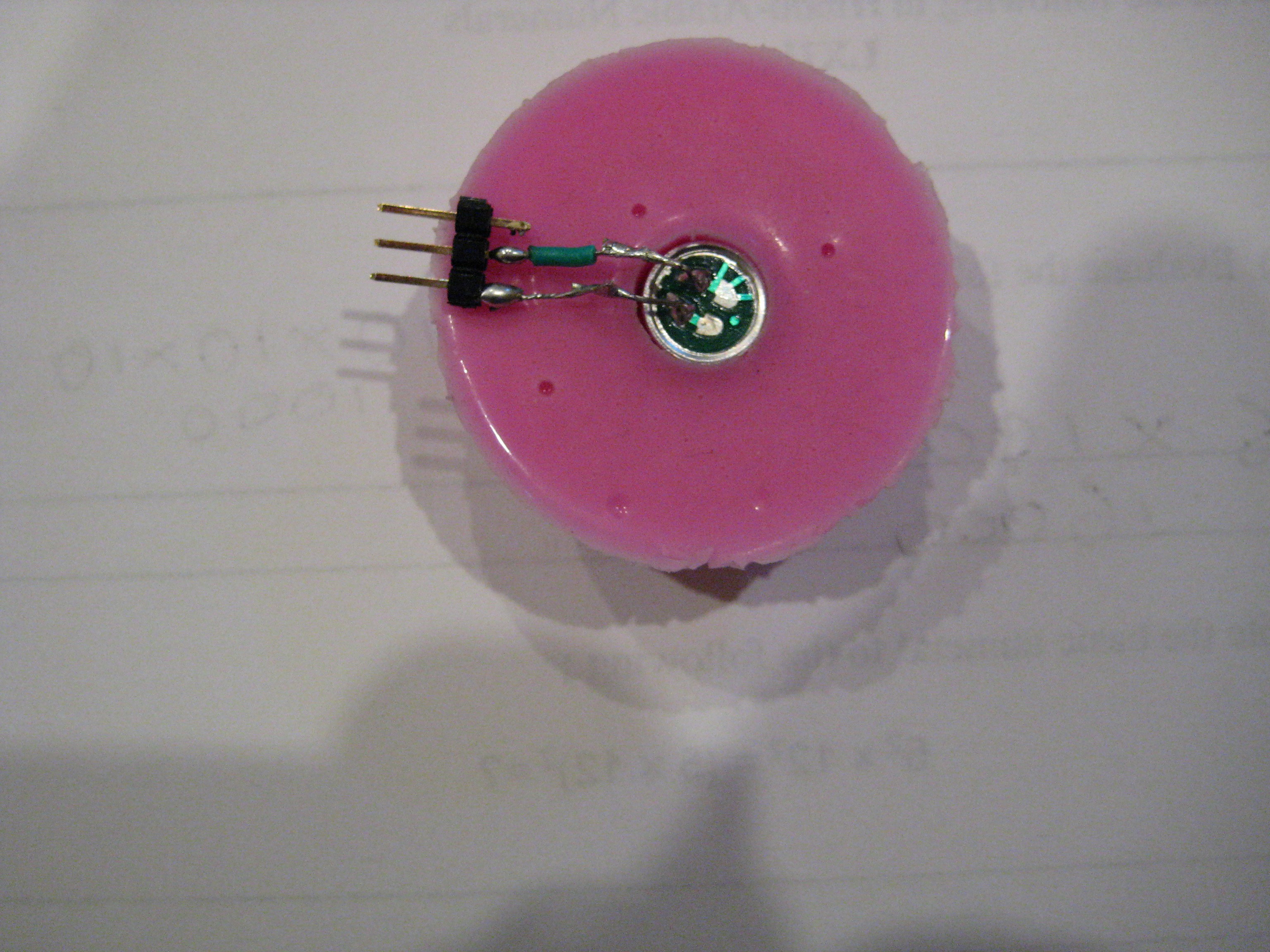
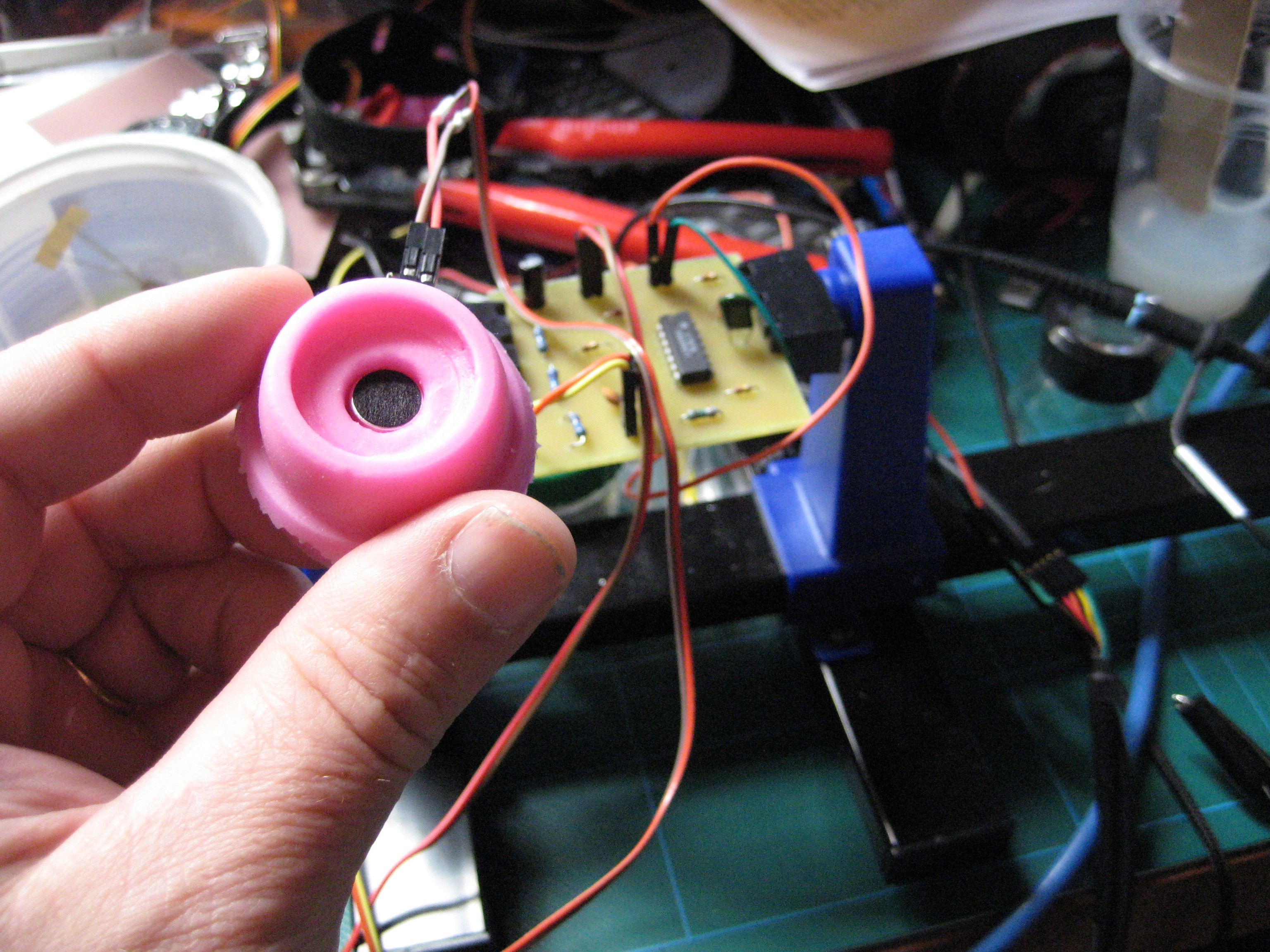
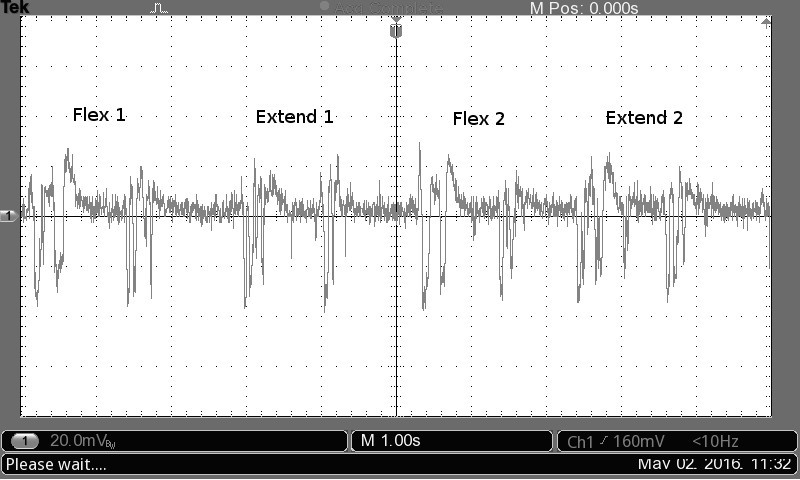
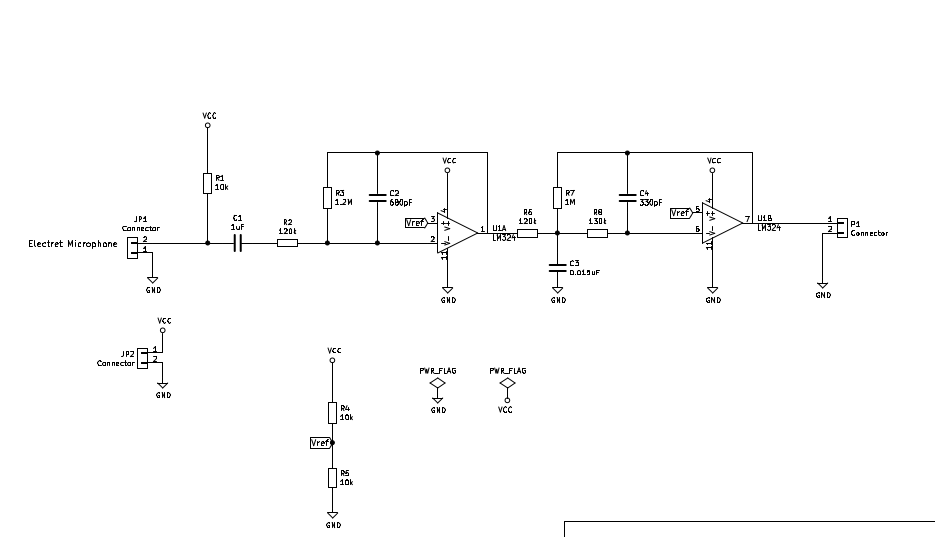
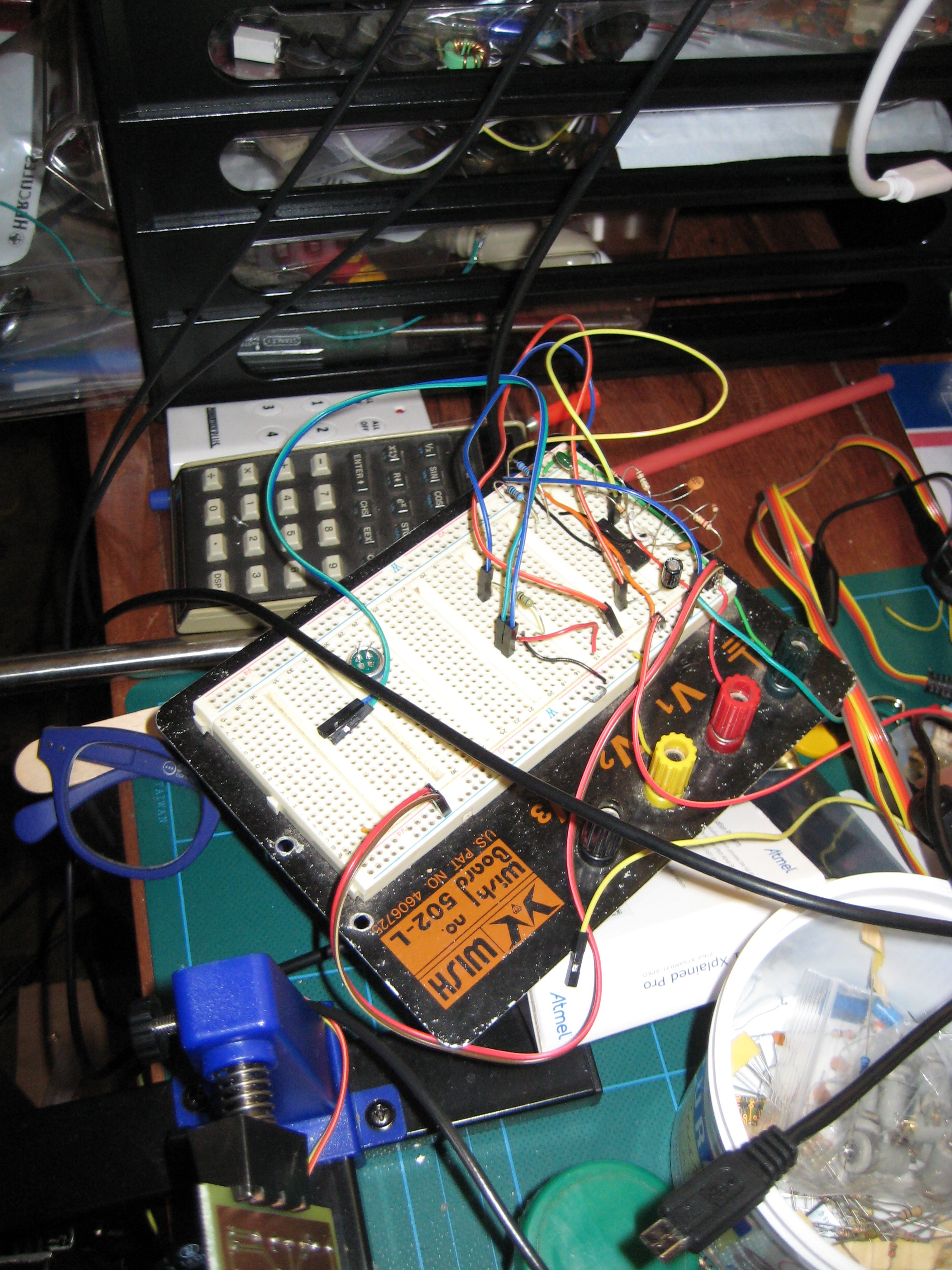



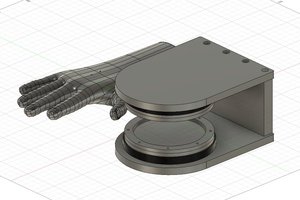
 yashiro
yashiro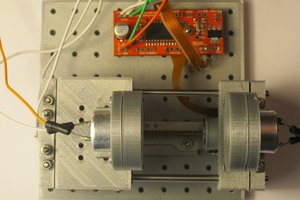
 Andrew Ferguson
Andrew Ferguson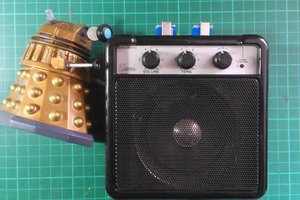
 Sproket
Sproket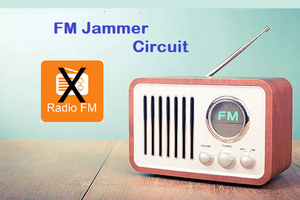
 Lithium ION
Lithium ION
Thanks for link and data. Anything more recent?
I use ultrasonics and have similar signal-processing & analysis problems. My preference is contactless diagnostics and using mechanomyography data to guide/monitor therapy & for prosthetic/function/mobility-assistance.
If your project were still active, I'd be honored to join-in. I'm also interested in your IMU Limb-tracking, as I also use ultrasound in rehab apps.
Good luck & best regards,
Dr. Peter Schwarzkopf
Dallas, Tx
raildoc@live.com